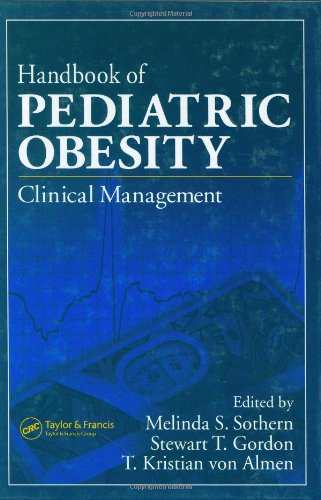

Most ebook files are in PDF format, so you can easily read them using various software such as Foxit Reader or directly on the Google Chrome browser.
Some ebook files are released by publishers in other formats such as .awz, .mobi, .epub, .fb2, etc. You may need to install specific software to read these formats on mobile/PC, such as Calibre.
Please read the tutorial at this link: https://ebookbell.com/faq
We offer FREE conversion to the popular formats you request; however, this may take some time. Therefore, right after payment, please email us, and we will try to provide the service as quickly as possible.
For some exceptional file formats or broken links (if any), please refrain from opening any disputes. Instead, email us first, and we will try to assist within a maximum of 6 hours.
EbookBell Team

4.4
72 reviewsA compilation of management, medical, nutrition, psychological, and physical activity facts, models, theories, interventions, and evaluation techniques, the Handbook of Pediatric Obesity: Clinical Management is the most clinically appropriate and scientifically supported source of information available for pediatric health care and research professionals. This comprehensive, state-of-the-art, and easy-to-use reference can be used to develop programs that provide the best possible care to overweight children in clinical settings.
Melinda Sothern is co-winner of the 2009 Oded Bar-Or Award for Excellence in Pediatric Obesity Research sponsored by the Obesity Society Pediatric Obesity Section
Covering clinical evaluation, medical aspects of treatment, and psychosocial, behavioral, nutritional, and physical activity considerations, the book discusses approaches to weight management such as diet, behavioral counseling, exercise, pharmacology, and surgery. It presents coverage of applied techniques, information, and tools for developing, modifying, implementing, and evaluating weight-management programs for children and adolescents in clinical settings. Worksheets, menu plans, and sample exercise programs are just a few of the features that make this book practical as well as informative.
It is clear that there is no single solution for every overweight child and the number of options can seem overwhelming. This text provides clinicians with the information and tools necessary to match or tailor the available treatment plans to the medical, physical, nutritional and emotional needs of their patients.